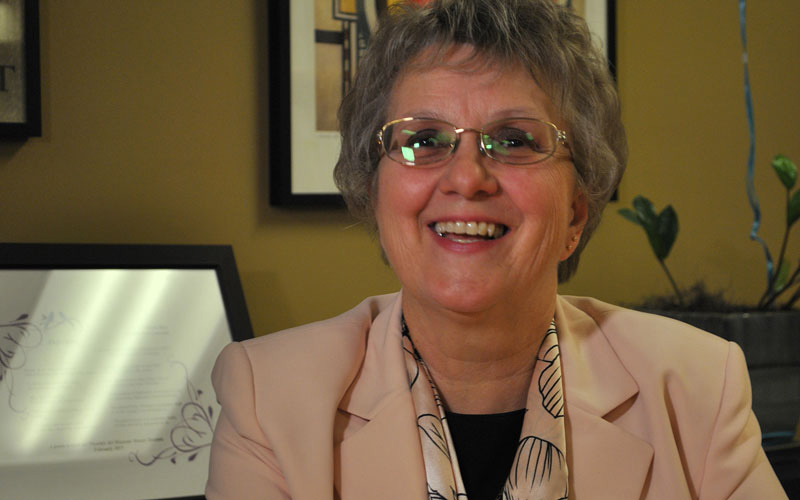Superintendent of Public Instruction Diane Douglas released her education plan to the public on Thursday. Arizonans are working to make sense of not only Douglas’ plan but also Gov. Doug Ducey’s plan and the separate Republican and Democratic proposals.
Douglas’ 165-page plan was dense, but at her press conference she had four main areas of focus.
In September, Douglas called for $400 million per year be allocated to education. She reiterated this part of the plan and said the money would be used for teacher salaries, to reduce classroom sizes or a combination of the two.
Douglas also called for the integration of culturally inclusive instruction that celebrates the diversity of Arizona’s students.
“For too long our curriculum has lagged, teaching racism by teaching children based on the color of their skin,” Douglas said. “We should have the same culturally rich instruction in Window Rock, Scottsdale, Yuma and Tucson.”
Another area of focus is what Douglas called “educational development zones.” The creation of these zones is aimed at attracting teachers to underserved education areas by forgiving teacher student loans and offering most staff and schools tax incentives.
Lastly, Douglas brought up the main point of her election platform in 2014, the elimination of Arizona’s version of the Common Core standards.
“I challenge the State Board of Education to vote at their very next meeting to reverse their previous actions and sever the ties between Arizona and Common Core,” Douglas said.
After being a no-show at the last two Board of Education meetings, Douglas said that when this item is added to the agenda she would show up and vote.
Funding is a main concern for Arizona voters, something that all of the plans attempt to address.
The Cronkite School’s Public Insight Network Bureau released an inquiry asking what needs to be done to improve K-12 education in Arizona.
Elizabeth Bishop, the parent of a child currently receiving K-12 education in Arizona, responded to our inquiry.
“The funding already appropriated and owed to the schools needs to be given to the schools, no more gimmicks by the governor to fund schools,” Bishop said. “The AZ Supreme Court has ruled in favor of the schools, the governor has simply refused to pay it, the schools have even offered to forgo the interprets owed as an incentive.”
Notably, although Douglas does have the authority to implement her ideas, her plan would require the support of the Arizona State Board of Education or the governor and state Legislature, which could prove difficult to get.
“This is a very comprehensive proposal that meets the needs of Arizona students and Arizona families and I am absolutely confident, I know I am always ready, willing and able to work with people on the issues of education in Arizona,” Douglas said. “And I am absolutely confident as long as everybody else keeps that first and foremost in our minds, we’ll put our political differences aside.”
